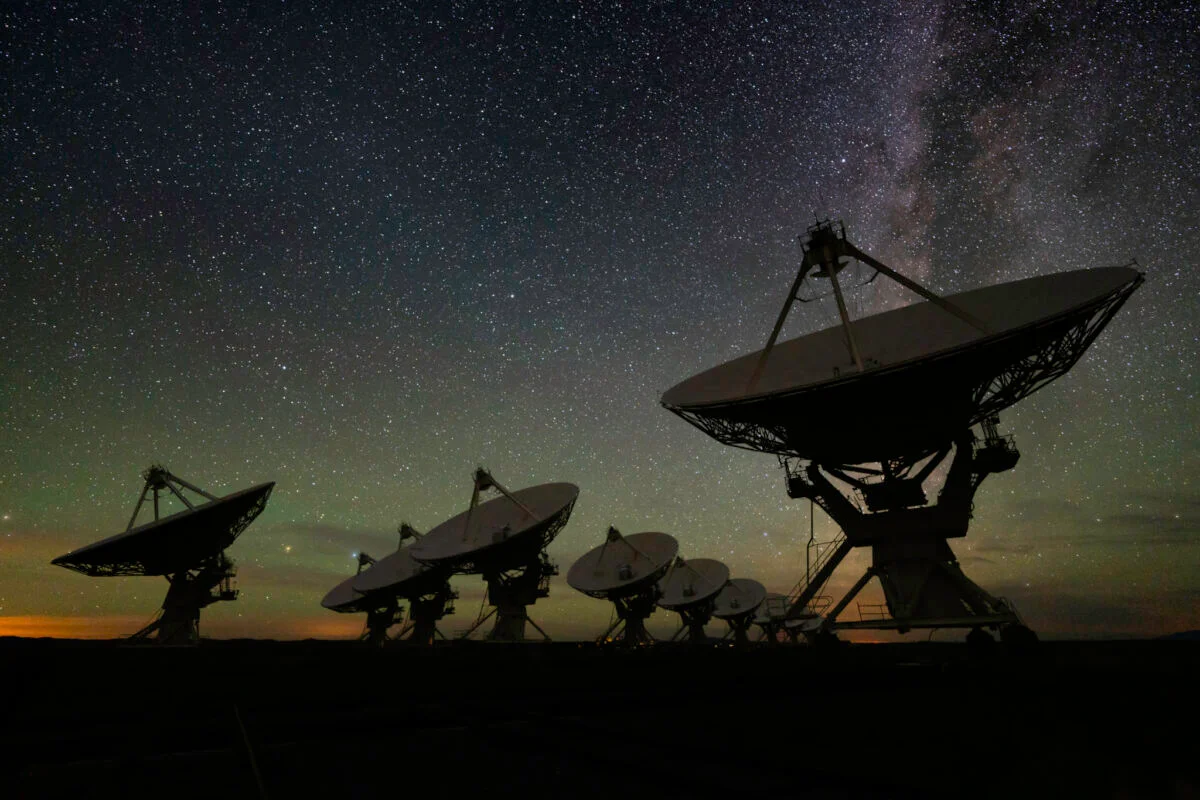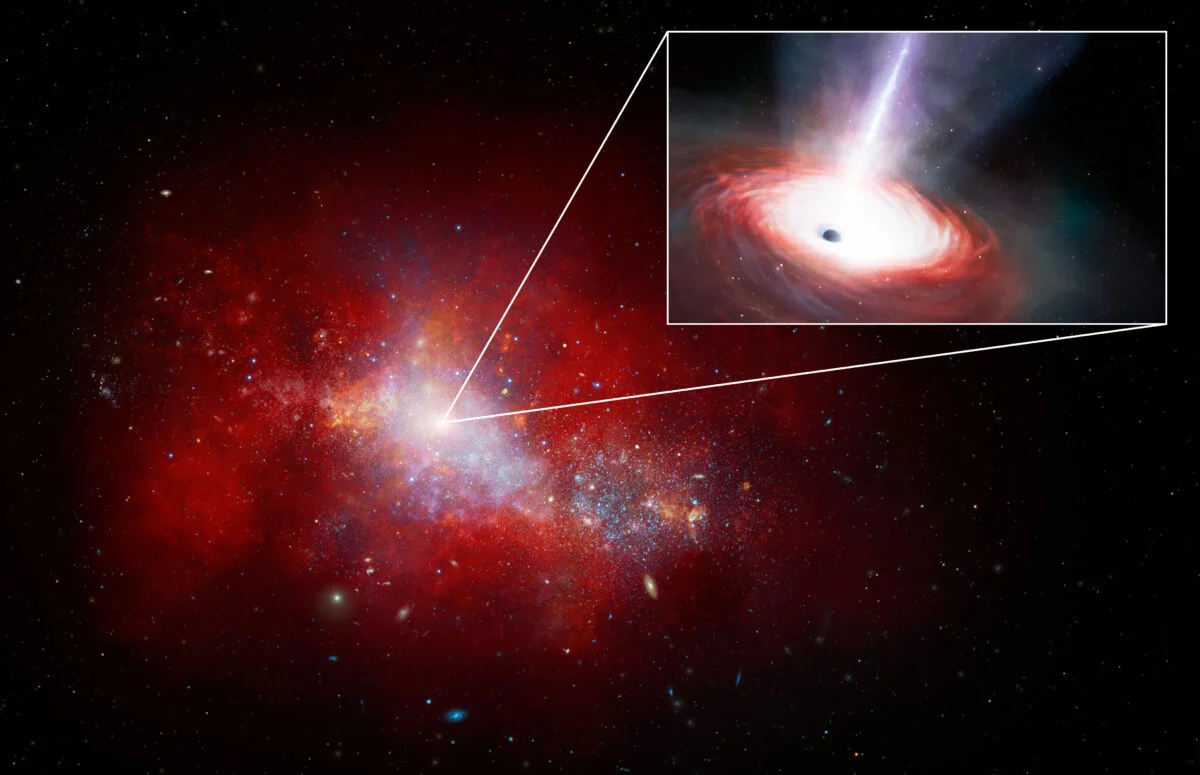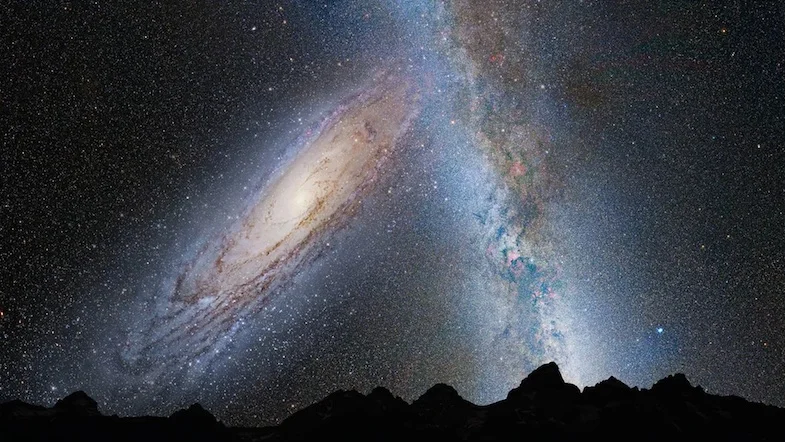
Dark Energy’s Role in Shaping Life Across the Cosmos
- News
- September 1, 2024
- 1128
What does dark energy—a mysterious force driving the universe’s accelerated expansion—have to do with the proliferation of life? New research reveals a surprising connection: the universe’s dark energy levels may significantly influence the conditions for life, offering fresh insights into our place in the cosmos.
The Star Formation-Lifecycle Connection
In the 1960s, renowned astronomer Frank Drake developed an equation to estimate the probability of extraterrestrial life. A critical parameter in his equation is the rate of star formation: more stars mean more planets, and thus, more opportunities for life as we know it to emerge.
Astronomers have meticulously charted the history of star formation, tracing how much matter has been converted into stars throughout cosmic history. Star formation peaked over 10 billion years ago and has been declining since. It’s expected to cease entirely in about 100 trillion years when the universe’s last stars burn out.
This decline in star formation is partially driven by dark energy, which accelerates the expansion of the universe. As galaxies drift farther apart, they interact less, limiting the influx of fresh gas needed for star formation. Over time, existing gas gets locked in warm interstellar reservoirs, no longer contributing to star creation.
Exploring Alternate Universes
But what if dark energy were different? Could this change star formation and, consequently, the likelihood of life emerging? Dr. Daniele Sorini of Durham University’s Institute for Computational Cosmology sought to answer this by examining whether our universe’s dark energy value—about 70% of its total energy budget—is typical.
Using advanced simulations that modeled various parameters, including dark energy density, dark matter, and galaxy formation, the research team explored how alternate universes might behave.
The results were unexpected. The simulations showed that star formation remained surprisingly resilient across a wide range of dark energy values, including ones significantly higher than what we observe in our universe.
A Universe of Possibilities
For example, in our universe, only 23% of available matter will ultimately form stars. Simulations revealed that even with a dark energy density 100 times greater than our own, around 5% of matter would still convert into stars—a rate sufficient to sustain multiple generations of star formation. This suggests that planets and life could theoretically emerge even in universes with vastly higher dark energy densities.
“Surprisingly, we found that even a significantly higher dark energy density would still be compatible with life,” said Sorini. “This suggests we may not live in the most likely of universes.”
What Does This Mean for the Multiverse?
If we consider the multiverse hypothesis, in which countless universes exist with randomly assigned properties, our universe’s relatively low dark energy value appears unusual. Most intelligent observers, assuming life arises in any universe with sufficient star formation, would likely find themselves in universes with higher dark energy densities.
This research implies that our universe’s dark energy value may be atypical—a feature that warrants further investigation.
Reinterpreting Life’s Origins
Co-author Professor Lucas Lombriser of the University of Geneva remarked, “It will be exciting to employ the model to explore the emergence of life across different universes and see whether some fundamental questions we ask ourselves about our own universe must be reinterpreted.”
This study not only deepens our understanding of the interplay between dark energy and cosmic evolution but also challenges long-held assumptions about what makes our universe unique. By probing these fundamental questions, astronomers continue to uncover new layers of the intricate relationship between cosmology, star formation, and the potential for life across the cosmos.



